Are we in a bear market? Despite Trump’s tariff pause, Dow Jones, Nasdaq, and S&P 500 teeter as stocks tumble
As the threat of a U.S. trade war with China continues to send markets tumbling, the headlines have been chock-full of stock market lingo. Now, analysts are saying the S&P 500 Index is on the precipice of bear market territory . . . but what does that even mean? Here’s a look at this and other Wall Street terms currently in the news. What is a bear market? First things first. A bear market is when a broad market index, like the Standard and Poor’s 500 (S&P 500), falls by 20% or more from its recent peak for a sustained period of time. The S&P 500 is a good gauge because it tracks the performance of 500 leading companies listed on U.S. stock exchanges. Another good example is the Dow Jones Industrial Average. Are we in a bear market? We certainly got close: On Monday, the S&P 500 opened lower, down 17.4% from its high on February 19. A close of Monday’s trading with a loss of at least 3.1% would have tipped it into a bear market, according to the New York Times. But once stock markets surged on Wednesday after President Trump’s 90-day pause of reciprocal tariffs for nearly all countries, we’re a little less at risk. However, stock markets continued to fall on Thursday: The S&P 500 closed down 3.34%, while the Dow Jones fell 2.46%, and the Nasdaq Composite fell 4.31%. For some context, the last bear market occurred in 2022, when the S&P benchmark fell 34% in a one-month period, per the Associated Press. What’s the difference between a bear and bull market? Unlike a bear market, which marks a decrease of 20% or more from a recent market high, a bull market indicates a period with the index rising. As Fidelity Investments points out, that could be a 20% increase from recent lows, although there are other thresholds. But here’s a telling fact: Since 1877, there have been only 26 bull markets. As the AP explains it, bears hibernate while bulls charge ahead. What is a “circuit breaker” and what causes the market to halt trading? Market-wide circuit breakers temporarily halt trading during a major market decline in order to prevent panic during high volatility. In the U.S., those rules are governed and implemented by the Securities and Exchange Commission (SEC) and were created to prevent a repeat of the 1987 market crash (aka Black Monday) when the Dow lost 22.6% in a day. Today, these rules have been updated to halt U.S. trading when the S&P 500 Index drops 7%, 13%, and 20% in a day. The first two circuit breakers halt trading for at least 15 minutes and can only be triggered between 9:30 a.m. ET and 3:25 p.m. ET, according to Barron’s, which notes that if the S&P 500 declines 20%, that would stop trading for the rest of the day. On Monday, Nikkei stock futures trading briefly halted on Japan’s Tokyo Stock Exchange after the Nikkei 225 fell 7%, adding to last week’s 9% drop. A “circuit breaker” was triggered at 8:45 a.m. local time, which paused trading for 10 minutes, the Wall Street Journal reported. That circuit breaker kicks in when trading is set to rise or fall more than 8%. While the trading paused the Nikkei 225 and several other futures contracts, it did not stop the direct buying and selling of stocks on the exchange.

As the threat of a U.S. trade war with China continues to send markets tumbling, the headlines have been chock-full of stock market lingo. Now, analysts are saying the S&P 500 Index is on the precipice of bear market territory . . . but what does that even mean?
Here’s a look at this and other Wall Street terms currently in the news.
What is a bear market?
First things first. A bear market is when a broad market index, like the Standard and Poor’s 500 (S&P 500), falls by 20% or more from its recent peak for a sustained period of time. The S&P 500 is a good gauge because it tracks the performance of 500 leading companies listed on U.S. stock exchanges. Another good example is the Dow Jones Industrial Average.
Are we in a bear market? We certainly got close: On Monday, the S&P 500 opened lower, down 17.4% from its high on February 19. A close of Monday’s trading with a loss of at least 3.1% would have tipped it into a bear market, according to the New York Times. But once stock markets surged on Wednesday after President Trump’s 90-day pause of reciprocal tariffs for nearly all countries, we’re a little less at risk.
However, stock markets continued to fall on Thursday: The S&P 500 closed down 3.34%, while the Dow Jones fell 2.46%, and the Nasdaq Composite fell 4.31%.
For some context, the last bear market occurred in 2022, when the S&P benchmark fell 34% in a one-month period, per the Associated Press.
What’s the difference between a bear and bull market?
Unlike a bear market, which marks a decrease of 20% or more from a recent market high, a bull market indicates a period with the index rising. As Fidelity Investments points out, that could be a 20% increase from recent lows, although there are other thresholds. But here’s a telling fact: Since 1877, there have been only 26 bull markets.
As the AP explains it, bears hibernate while bulls charge ahead.
What is a “circuit breaker” and what causes the market to halt trading?
Market-wide circuit breakers temporarily halt trading during a major market decline in order to prevent panic during high volatility.
In the U.S., those rules are governed and implemented by the Securities and Exchange Commission (SEC) and were created to prevent a repeat of the 1987 market crash (aka Black Monday) when the Dow lost 22.6% in a day.
Today, these rules have been updated to halt U.S. trading when the S&P 500 Index drops 7%, 13%, and 20% in a day. The first two circuit breakers halt trading for at least 15 minutes and can only be triggered between 9:30 a.m. ET and 3:25 p.m. ET, according to Barron’s, which notes that if the S&P 500 declines 20%, that would stop trading for the rest of the day.
On Monday, Nikkei stock futures trading briefly halted on Japan’s Tokyo Stock Exchange after the Nikkei 225 fell 7%, adding to last week’s 9% drop. A “circuit breaker” was triggered at 8:45 a.m. local time, which paused trading for 10 minutes, the Wall Street Journal reported. That circuit breaker kicks in when trading is set to rise or fall more than 8%. While the trading paused the Nikkei 225 and several other futures contracts, it did not stop the direct buying and selling of stocks on the exchange.




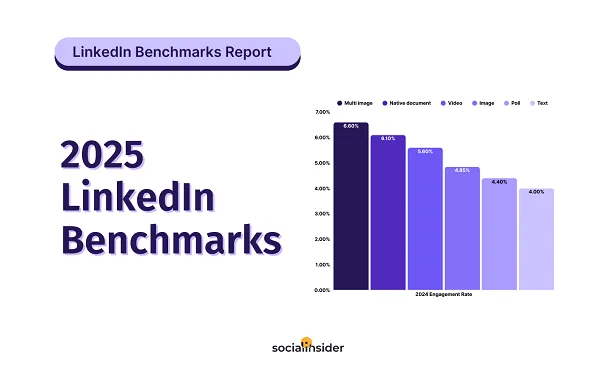

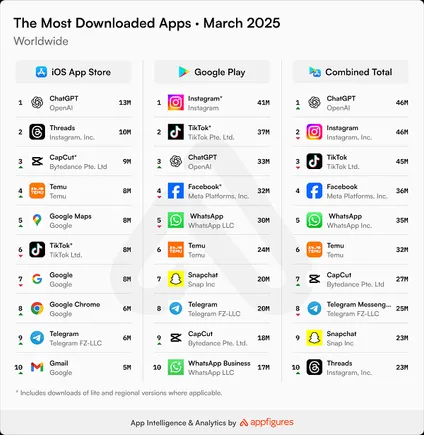

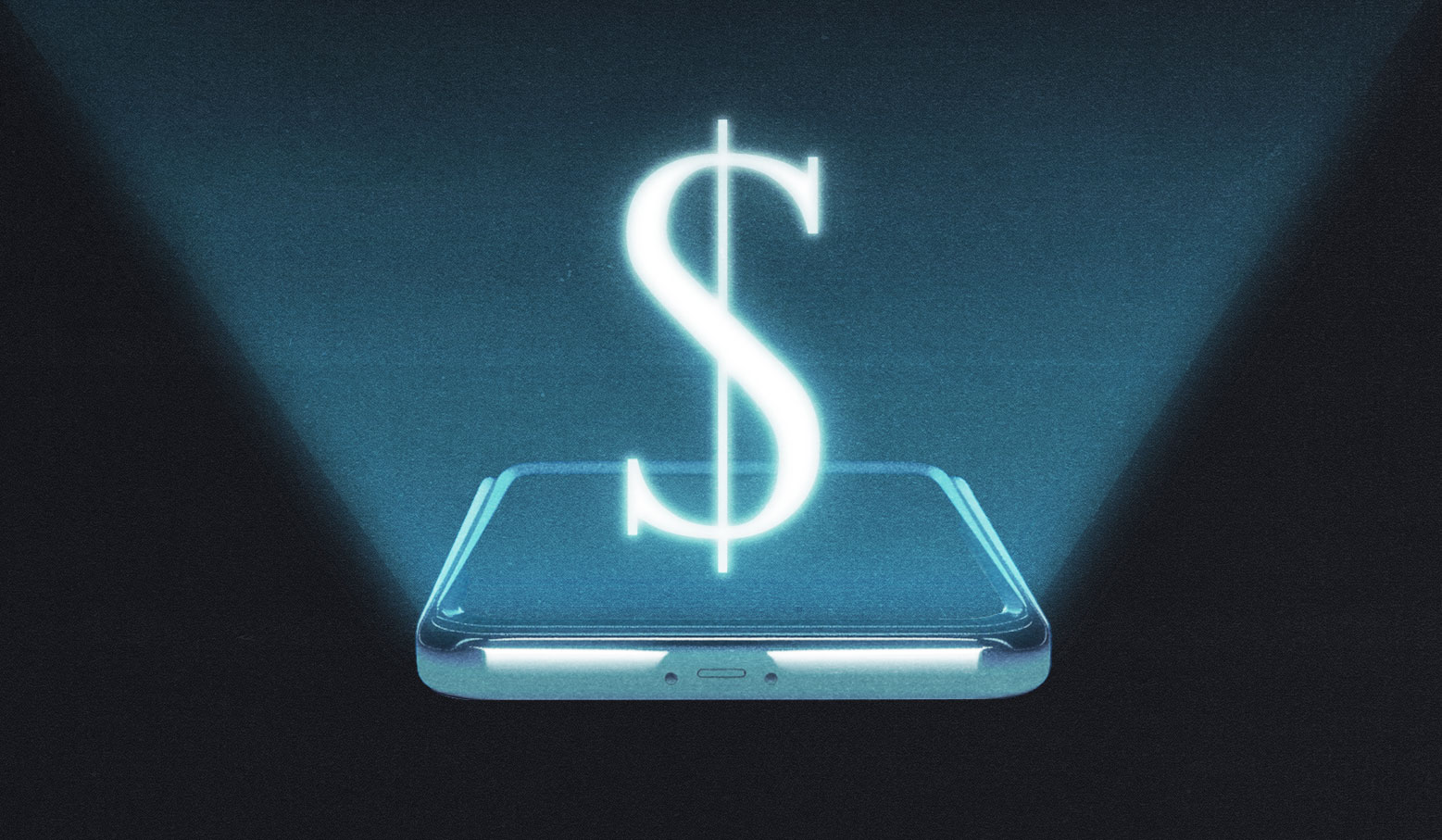















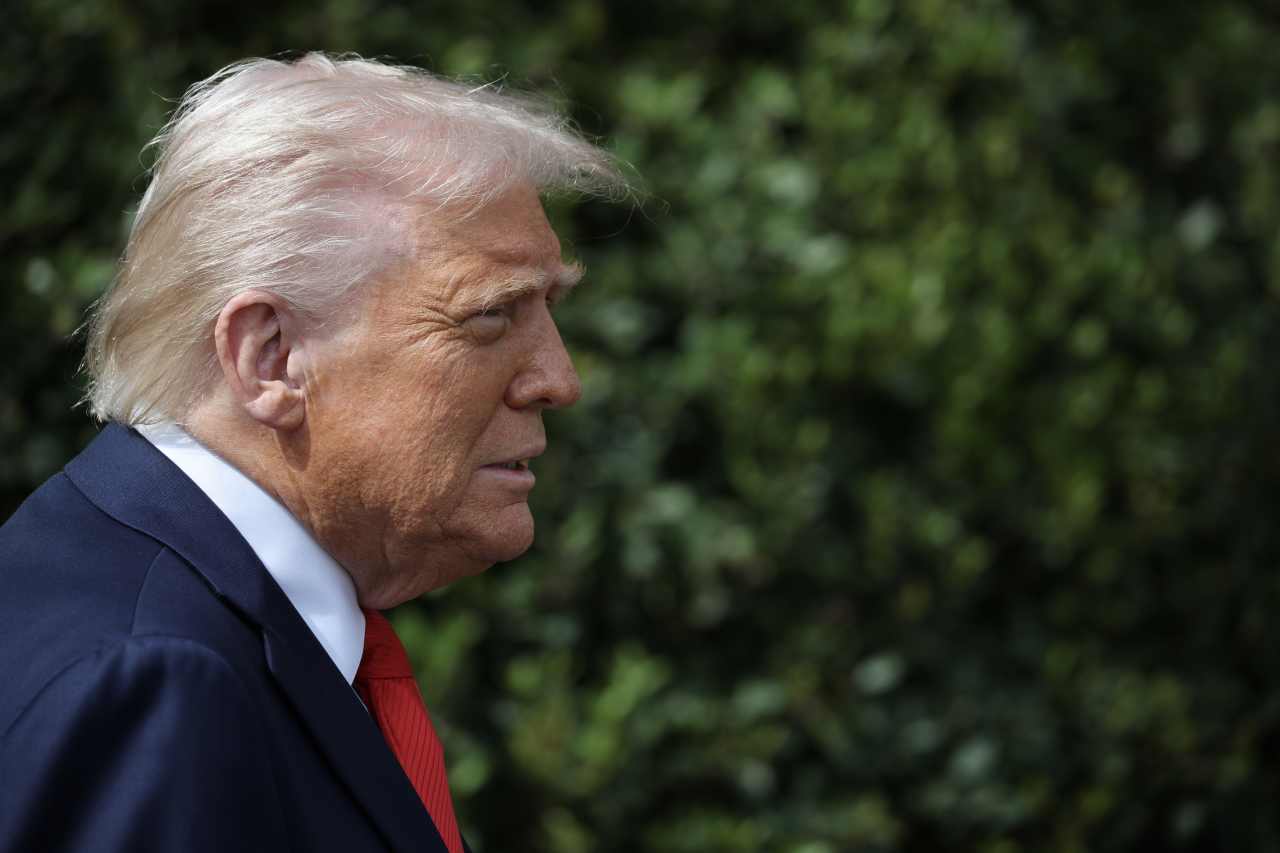






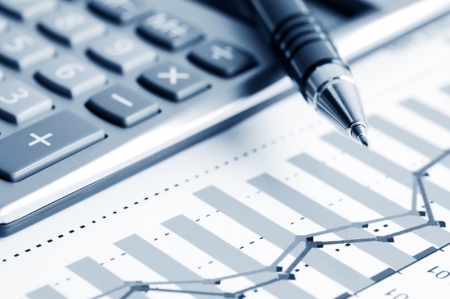








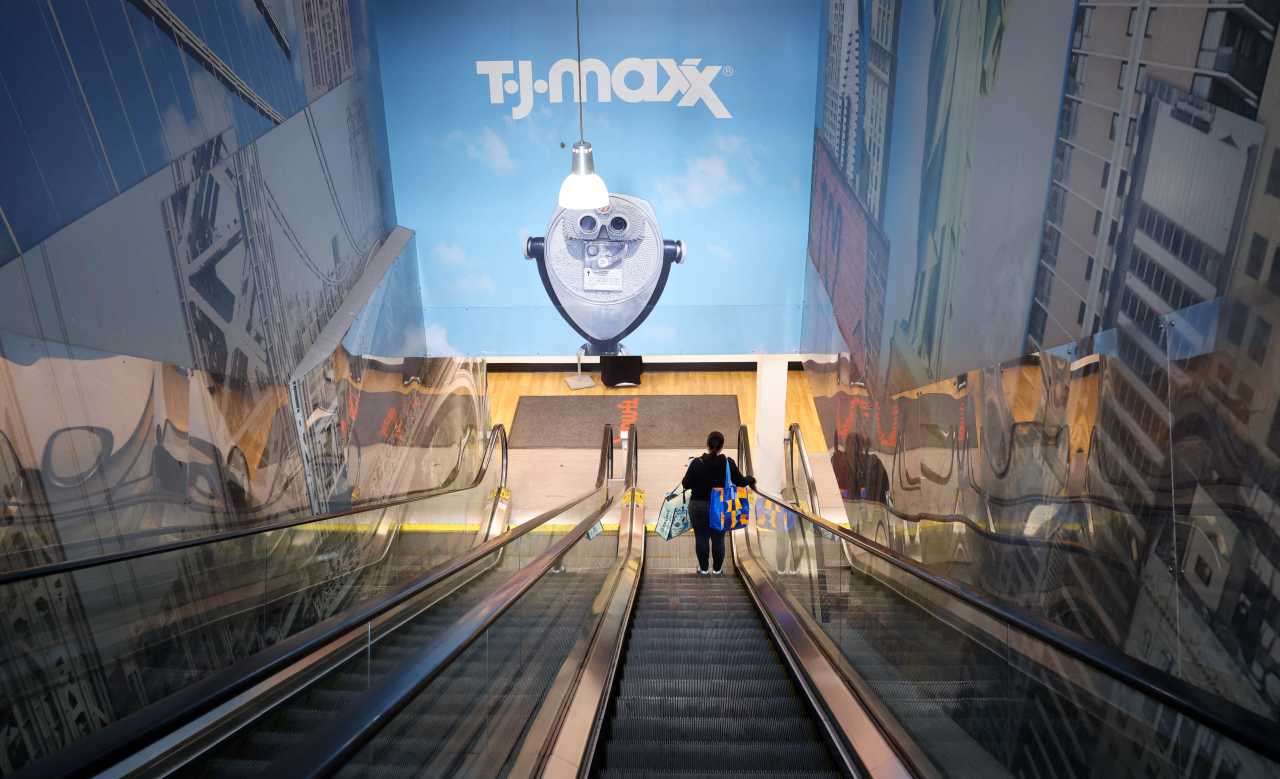


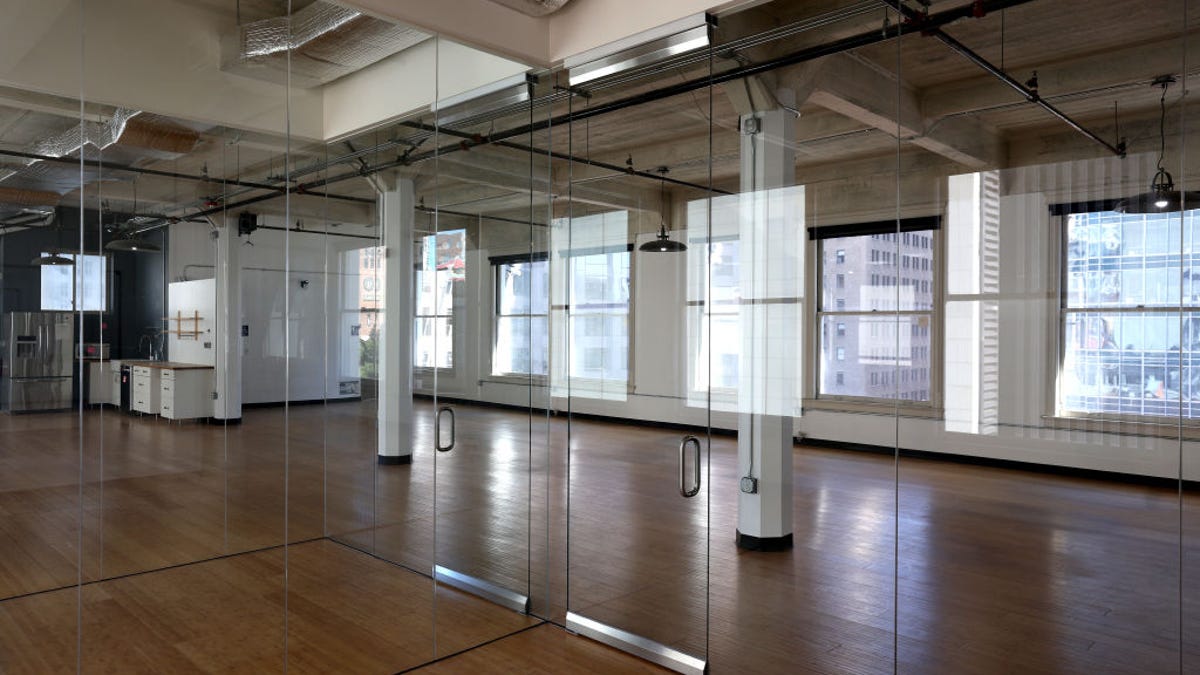

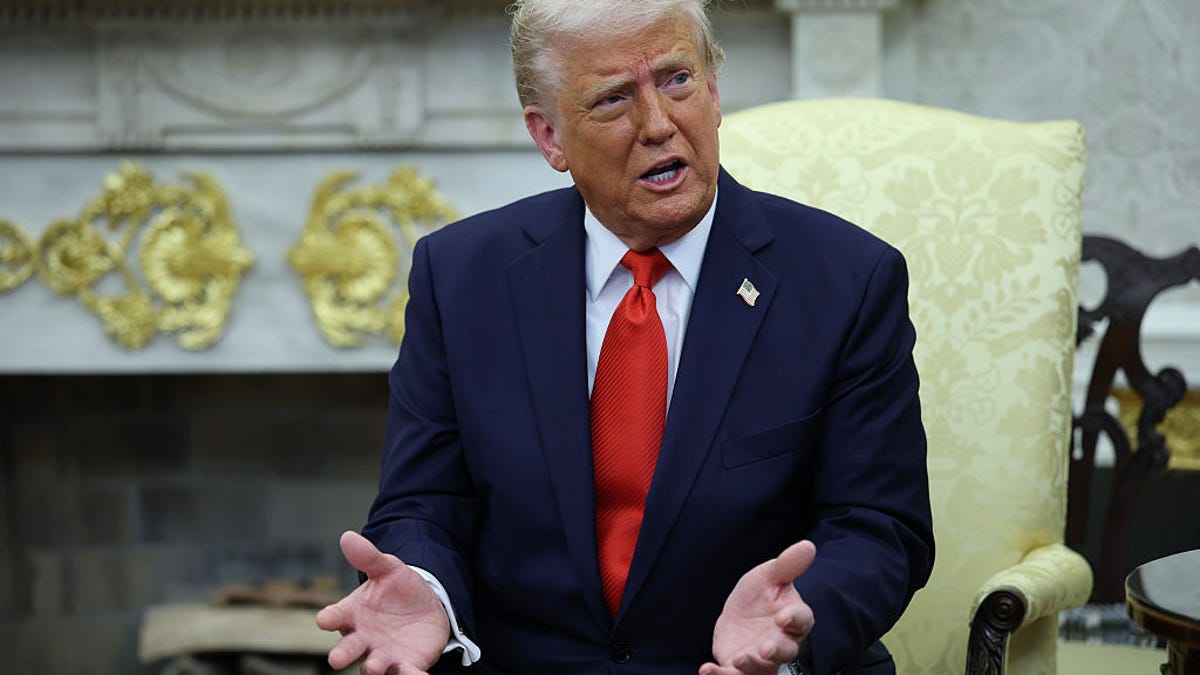
















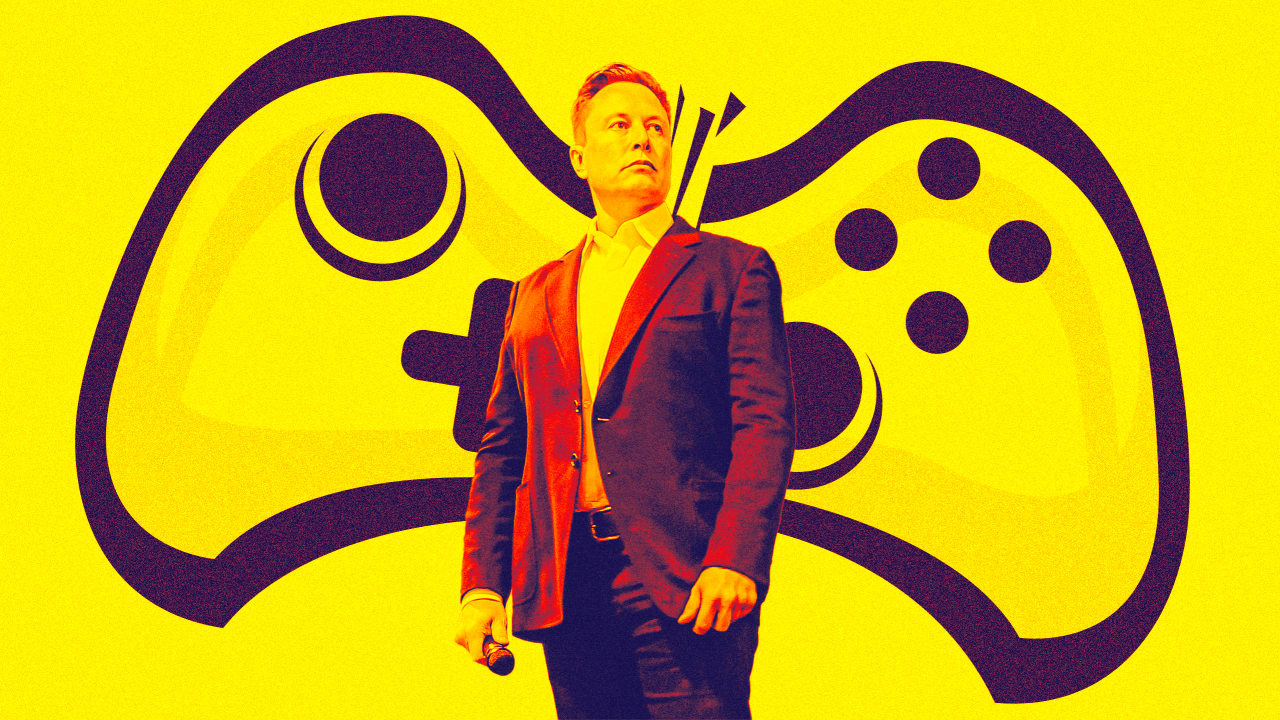



























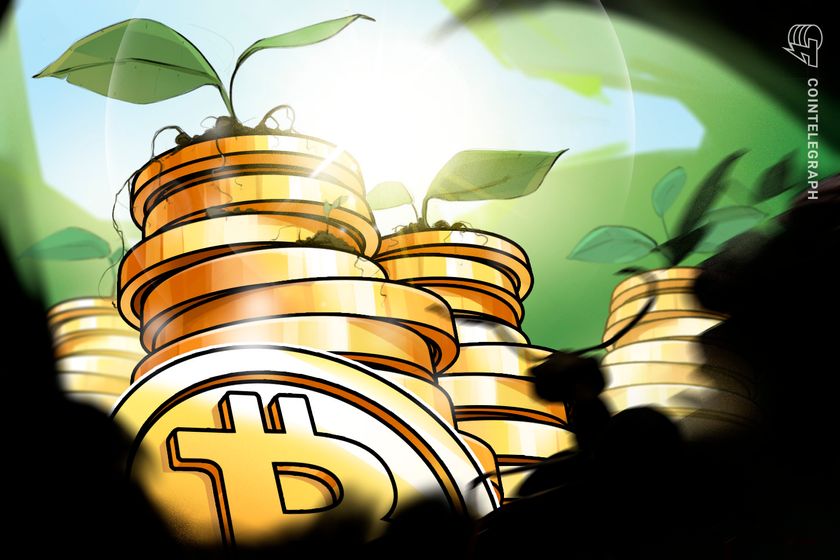











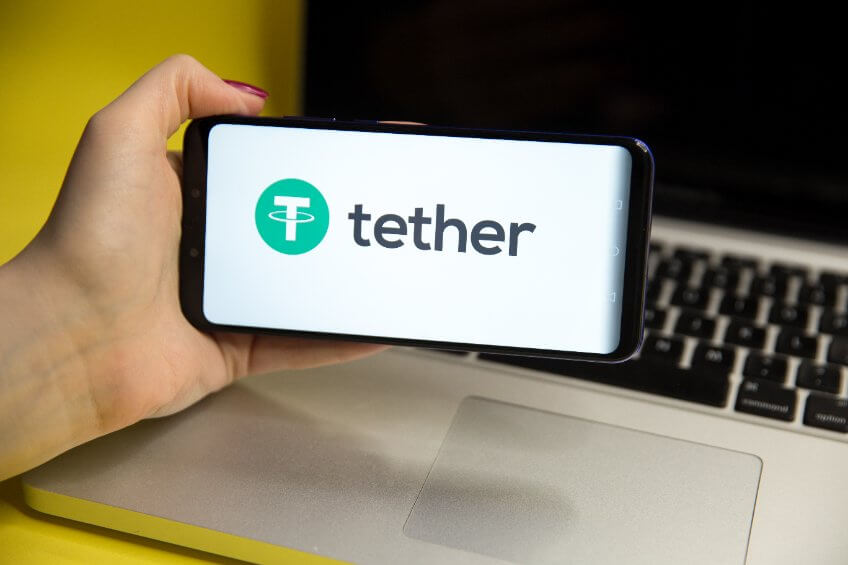








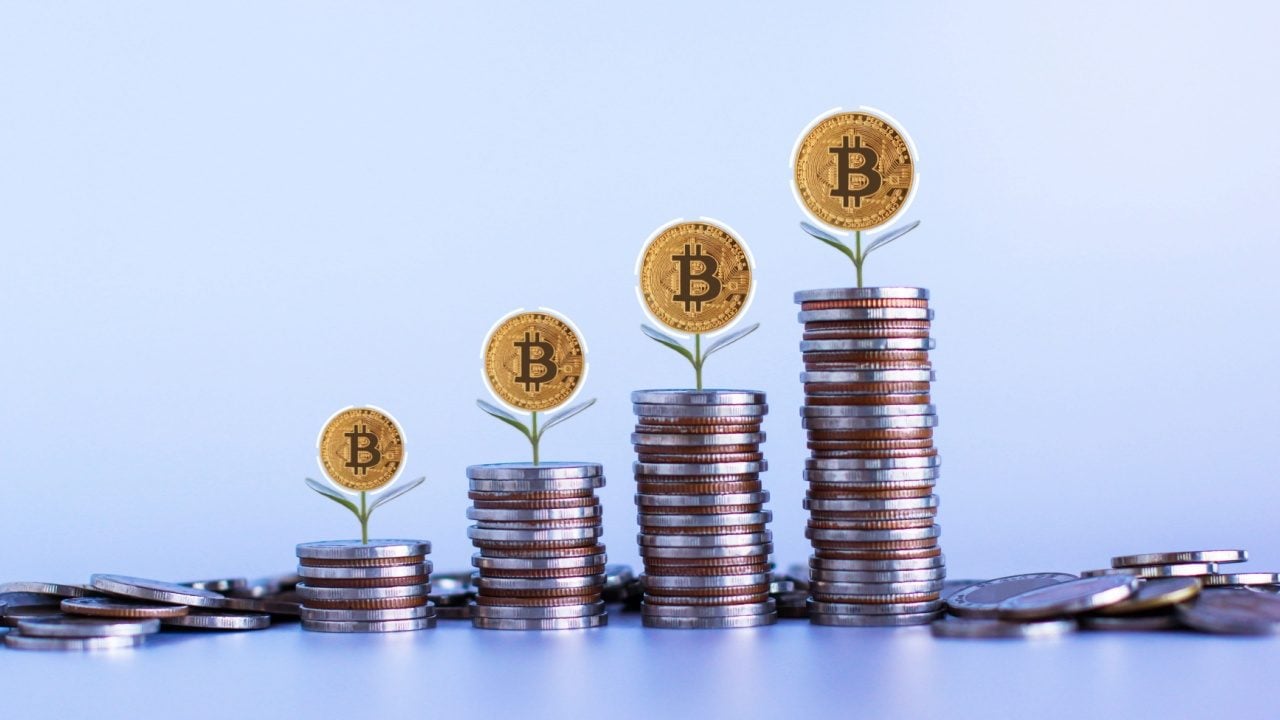


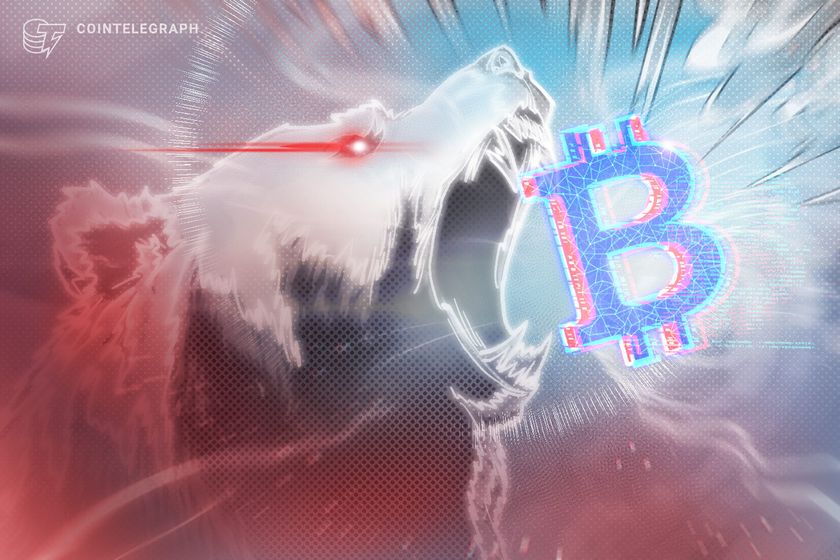
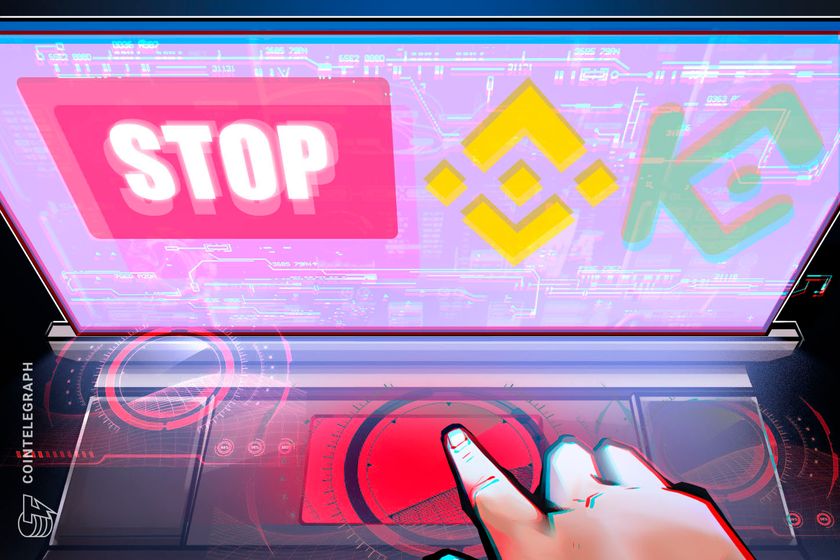





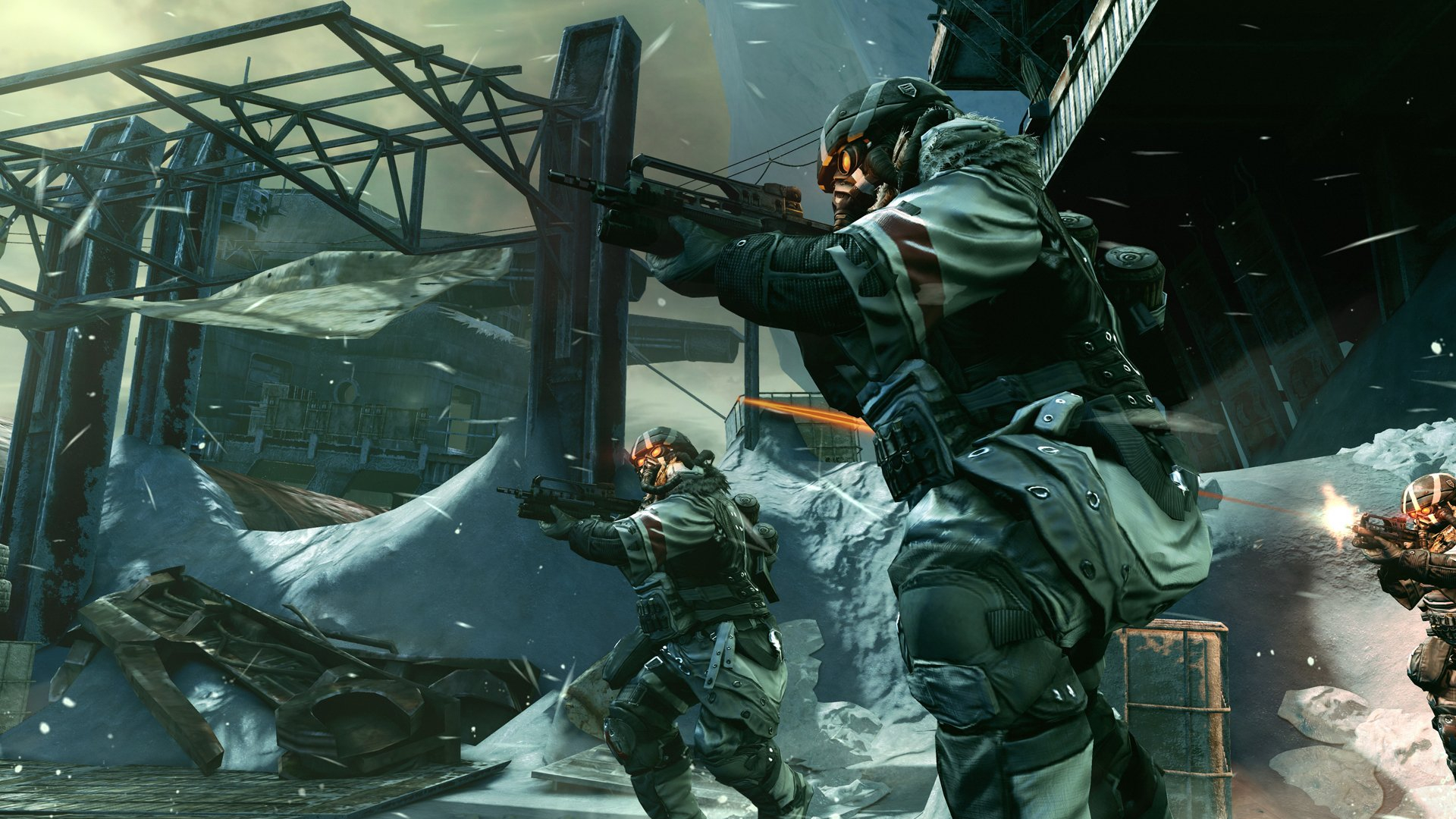




































































![How to Find Low-Competition Keywords with Semrush [Super Easy]](https://static.semrush.com/blog/uploads/media/73/62/7362f16fb9e460b6d58ccc09b4a048b6/how-to-find-low-competition-keywords-sm.png)



